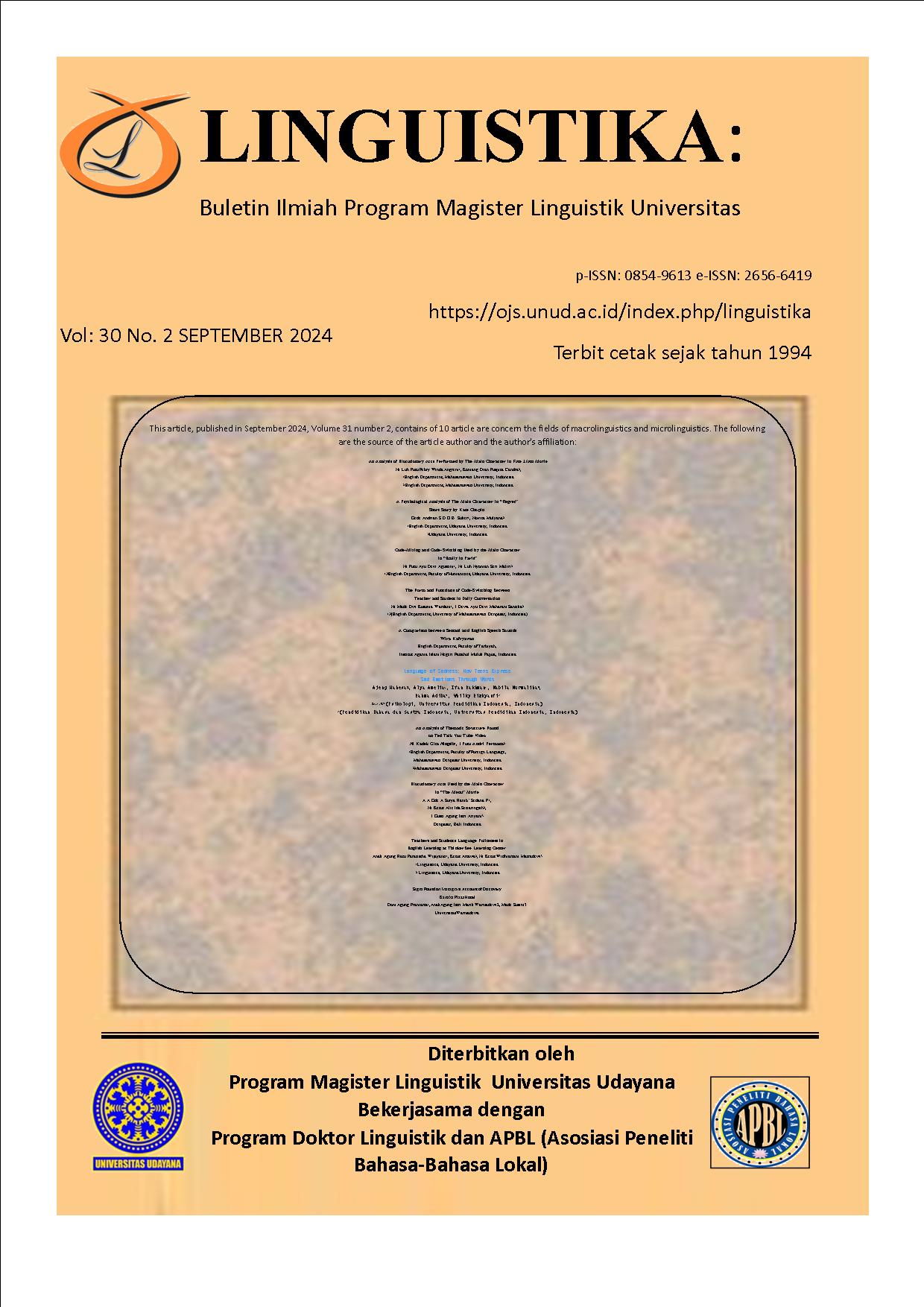A Comparison between Sentani and English Speech Sounds
Abstract
The present study compares the speech sound variations between Sentani and English, involving their vowels and consonants respectively. A qualitative descriptive method was used to systematically describe the comparison of speech sounds from references and literature works, along with data analyzed by the phonetic articulatory method. The comparison reveals that vowels and consonants between English and Sentani, where in terms of number, English has a greater number of vowels and consonants. Sentani only has 7 vowel sounds, whereas English has 12 vowel sounds. The entire vowels in Sentani exist in English. Sentani has 18 consonant sounds while English has 24 consonant sounds. The differences in consonants lie in Voiceless Bilabial Plosive [p], Voiceless Alveolar Plosive [t], Voiceless Palatal Affricate [c], Voiced Labiodental Fricative [v], Voiceless Dental Fricative [?], Voiced Dental Fricative [ð], Voiced Alveolar Fricative [z], Voiceless Palatal Fricative [?], Voiced Palatal Fricative [?] and Voiced Alveolar Flap/Retroflex [?] found in English consonant variations but they do not exist in Sentani. Voiced Bilabial Fricative [?], Voiced Velar Fricative [?], and Voiced Alveolar Trill [r] exist in the Sentani consonant variations but they do not exist in English.













